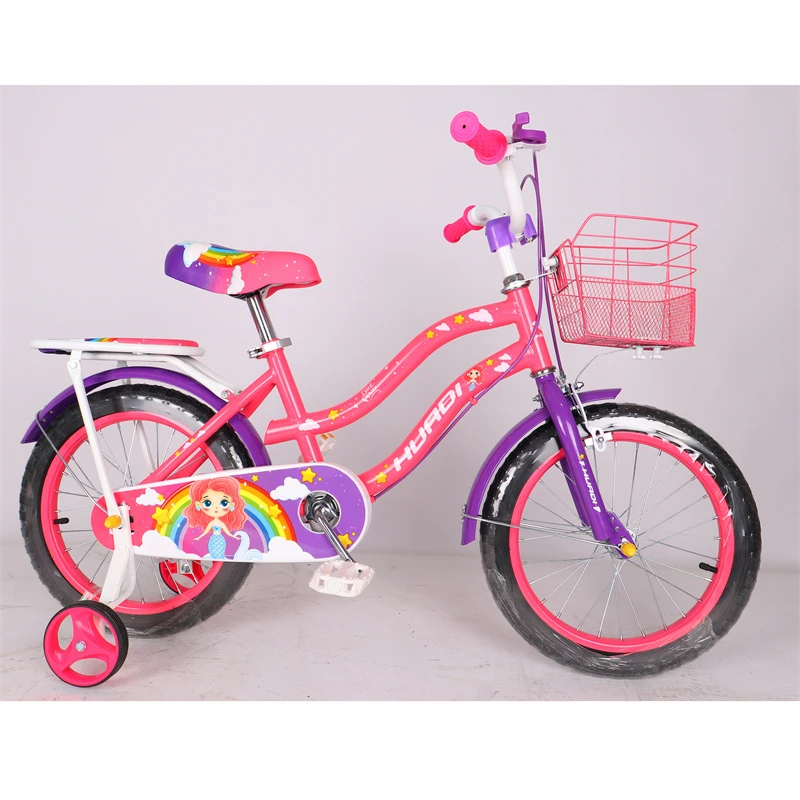Exploring the Benefits of Balance Bikes for Young Children's Development and Confidence
The Rise of Kids' Balance Bikes A Fun and Effective Way to Teach Young Riders
In recent years, the popularity of kids' balance bikes has surged, transforming the way children learn to ride. These innovative bikes, designed for children aged 18 months to five years, omit pedals and allow youngsters to focus on balancing on two wheels. The simplicity and effectiveness of balance bikes make them an excellent choice for parents eager to instill confidence and fundamental biking skills in their children.
What Are Balance Bikes?
Balance bikes are lightweight bicycles that are specifically tailored for young children. By eliminating pedals, these bikes encourage kids to use their feet to push off the ground while learning to balance. This method is essential in developing core strength and coordination. It also allows children to gain speed and learn to steer effectively, which are vital components of riding a bike.
The Benefits of Balance Bikes
1. Improved Balance and Coordination One of the primary benefits of balance bikes is that they help children develop balance and coordination long before they begin pedaling. Young riders naturally learn to lean and navigate turns as they cruise along, fostering their ability to balance two-wheeled vehicles.
2. Boosting Confidence Learning to ride a bike can be a daunting task for many children. Balance bikes allow kids to master the critical skill of balancing without the fear of falling over due to the low height and weight of the bike. As kids gain proficiency, their confidence blossoms, making the transition to a traditional bike much smoother.
kids balance bikes

3. Encouraging Physical Activity In an age where screen time often prevails, balance bikes serve as a wonderful tool for encouraging outdoor play and physical activity. Riding a balance bike is a fun way for children to exercise, develop gross motor skills, and enjoy the outdoors while fostering a love for biking.
4. Ease of Use Balance bikes are uncomplicated and user-friendly. Parents appreciate their lightweight frame, which makes it easy for kids to handle and maneuver. Plus, because balance bikes don't have complex gears or brakes, kids can focus solely on balancing without distractions.
5. Social Interaction Riding a balance bike can also be a social activity. Children often ride together, promoting friendships and teamwork. This social aspect can enhance their riding experience and help them develop essential social skills as they interact with peers.
Transitioning to Pedal Bikes
Transitioning from a balance bike to a pedal bike is typically seamless. Children who have mastered balance on a balance bike usually find it easier to learn how to bike using pedals. Most balance bike users can ride a pedal bike within a matter of minutes, building on the skills they have already acquired. This rapid transition is not only fulfilling for children but also pleasing for parents who want to see their kids reach new milestones.
Conclusion
In conclusion, kids' balance bikes are revolutionizing the way that children learn to ride bicycles. With their focus on balance, coordination, and confidence-building, these bikes offer a fun and effective pathway to cycling proficiency. The experience of riding a balance bike also leads to a more positive and less stressful introduction to the world of biking. As children increasingly enjoy outdoor activities and develop essential skills, balance bikes have carved out their place as a must-have item for young adventurers. Whether gliding down the park path or navigating neighborhood sidewalks, balance bikes are giving kids the freedom and joy of cycling in an enjoyable and engaging way. As we look to the future, the trend of balance bikes seems poised to continue inspiring the next generation of cyclists.
-
kids-scooter-tiny-olympic-games-scooterathlonNewsAug.22,2025
-
kids-scooter-waves-xingtai-zhongzhous-global-rippleNewsAug.22,2025
-
baby-tricycle-oem-legacy-zhongzhou-forgedNewsAug.22,2025
-
xingtais-twin-tricycle-revolution-siblings-ride-togetherNewsAug.22,2025
-
baby-tricycle-design-inspired-by-ancient-armorNewsAug.22,2025
-
nfc-chip-enabled-oem-baby-tricycle-trackingNewsAug.22,2025
-
The Perfect Baby TricycleNewsAug.11,2025








